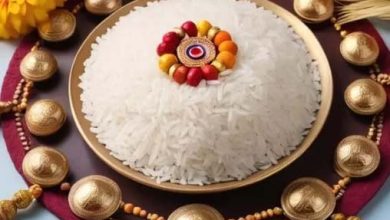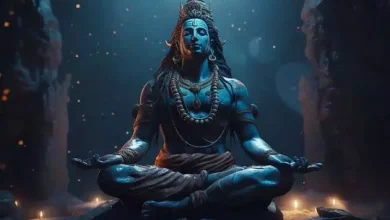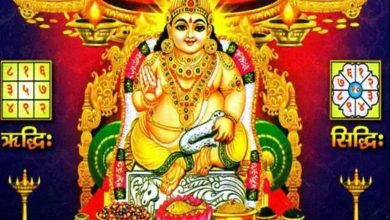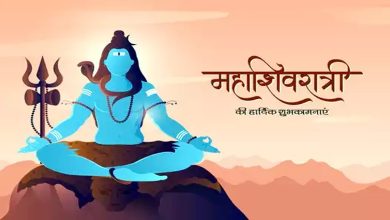What is the history of ‘Kanwar Yatra’? Why ‘Neelkanth’ is water-abhishek, know
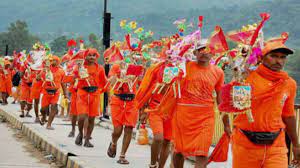
It is said that by doing this Lord Shiva is pleased and fulfills all the wishes of the devotees. The journey is very difficult as the devotees travel on foot. When heat, rain or storm comes, they don’t even take their Kanwar to the ground, the true faith and attachment of the devotees towards God is such that they neither see day nor night for their Shiva-Shambhu.
The mention of Kanwar is also found in ‘Valmiki Ramayana’.
Kanwar Yatra is also mentioned in ‘Valmiki Ramayana’ and ‘Anand Ramayana’. According to mythology, Lord Shiva himself drank the poison that came out during the churning of the ocean to protect the peace of the world and people, but did not let it go down his throat, which turned his throat blue. And that’s why. Since then the world also calls him by the name of ‘Neelkanth’.
Abhisheka is done to calm the pain of poison.
But drinking the poison caused great pain to Shiva and to calm this pain people perform Jalabhishek and when this Ganges water is anointed it gives peace and happiness to Shiva as it is the abode of Mother Ganga. in her hair. For this reason, the practice of Jalabhishek from Kanwar in Sawan has been going on for centuries.
Ram also performed Jalabhishek of Baidyanath Jyotirlinga
Let us tell you that Lord Rama also anointed Vaidyanath Jyotirlinga with water through Kavada, while Yudhishthira, Arjuna and Bhima anointed Shiva by bringing Ganga water from Haridwar in Dwapar Yuga.
Shravan Kumar was the first Kanwar Yatri
It is said that Shravan Kumar was the first Kanwar Yatri, who completed the journey by making his parents sit in the Kanwar. Please inform that this time eight Mondays are coming in Sawan due to Amavasya and hence the devotees will have to observe fast this time. For eight Mondays. It would be lucky to do so.

